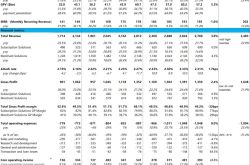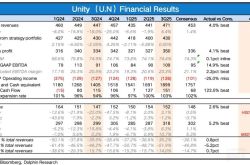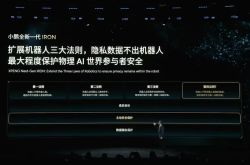What is DeepSeek? Revolutionizing the AI Landscape
![]() 02/05 2025
02/05 2025
![]() 410
410
During the Spring Festival of the Chinese lunar Year of the Snake, two phenomena captivated the AI technology industry: DeepSeek, akin to OpenAI's ChatGPT, and the humanoid robots that graced the Spring Festival Gala. The unveiling of DeepSeek's reasoning model R1 even prompted former US President Trump to hail it as "A wake-up call." This introduction sent shockwaves through the market, causing NVIDIA's stock price to plummet by 17%, eroding $600 billion from its market value—a record-breaking one-day drop. ASML's share price dipped by 6%, while Broadcom's fell by 17%, marking a significant disruption akin to the Pearl Harbor incident for the US AI technology industry.
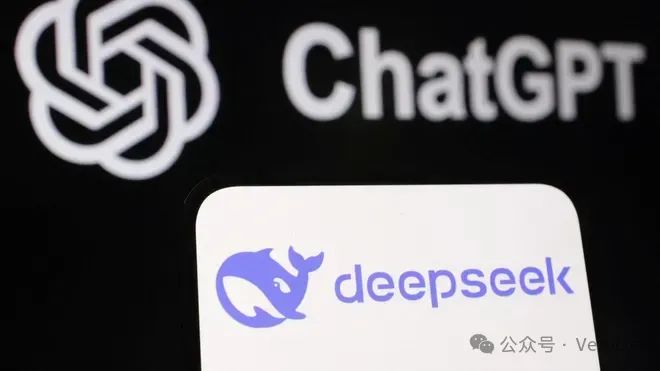
What is DeepSeek?
DeepSeek is the latest AI model launched by a Chinese startup founded in 2023. Touted to rival or even surpass industry leaders like ChatGPT, Gemini, Claude, and Llama, DeepSeek offers these capabilities at a fraction of the cost, potentially disrupting the technological landscape. According to DeepSeek's published paper, the training of DeepSeek-V3 requires only the computing power of Nvidia H800 chips worth less than $6 million, attracting global attention. Powered by DeepSeek-V3, the DeepSeek AI assistant has outpaced competitors ChatGPT and Google's Gemini to become the highest-rated free app on the Apple App Store in the United States.
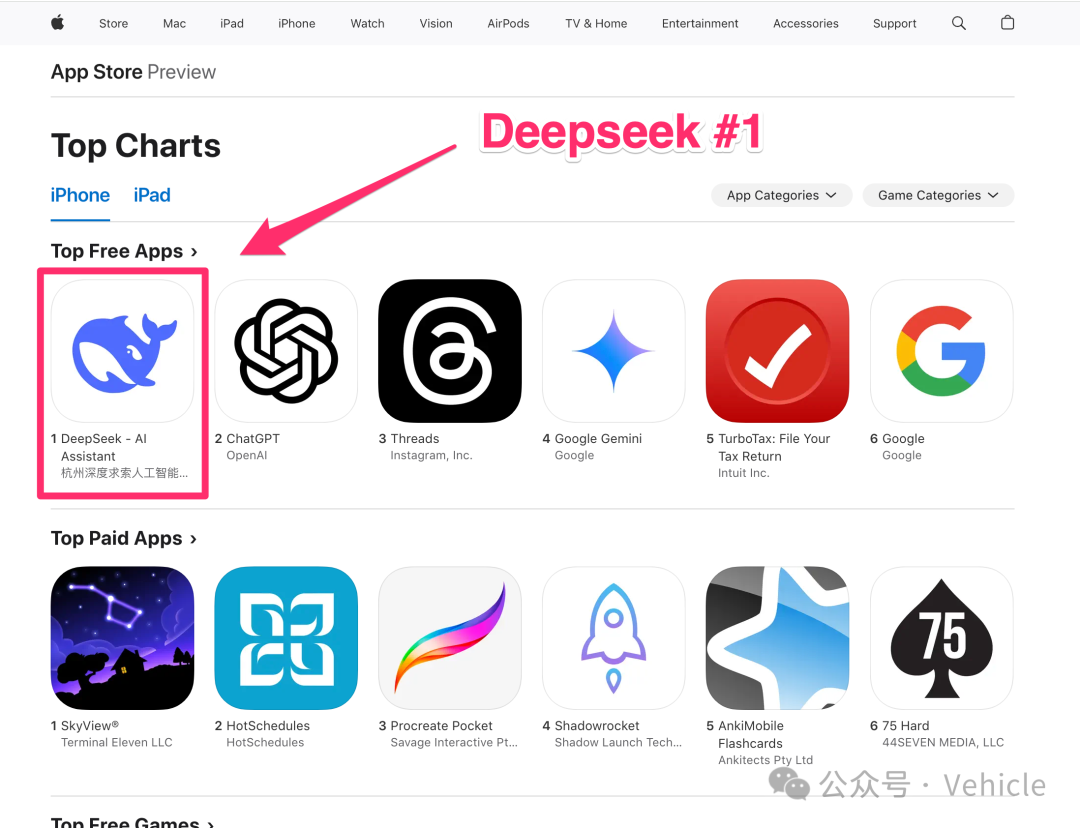
Comparison Chart between DeepSeek and OpenAI
| Feature | DeepSeek | OpenAI |
|---|---|---|
| Founded | Liang Wenfeng, 2023 | Elon Musk, Sam Altman, et al., 2015 |
| Mission | Open-source AI to aid accessibility | Ensure AGI benefits all of humanity |
| Main Models | DeepSeek-R1, DeepSeek-V3 | GPT-4 |
| Development Cost | <$6 million | Hundreds of millions of dollars |
| Approach | Fully open-source | Proprietary |
| Performance (Math) | AIME benchmark score: 79.8% | AIME benchmark score: 79.2% |
| Performance (General) | Specialized (math, coding) | Versatile, excellent in multiple fields |
| Speed | Record-breaking inference speed | Fast but resource-intensive |
| Use Cases | Problem-solving, coding, math tasks | Creative writing, translation, general NLP |
| Access Rights | Free for all | Paid APIs and business partnerships |
| Market Impact | Disrupting AI norms with cost-effective models | Industry leader in collaboration with Microsoft |
| Ethics/Security | Promoting transparency and shared responsibility | Focusing on controllable, secure AI deployment |
| Target Audience | Developers, startups, researchers | Enterprises, large corporations |
| Notable Partnerships | Open-source community | Microsoft, Azure |
| Innovation | Cost-effective large-scale AI | Creating large-scale proprietary models |
Why is DeepSeek Making Waves?
At the end of 2022, OpenAI's ChatGPT ignited a new wave of AI applications with its human-like dialogue and content generation capabilities. Inspired by this, Chinese tech companies endeavored to create their own AI chatbots. However, following Baidu's release of the first Chinese version of ChatGPT, disappointment arose over the perceived gap in AI capabilities between Chinese and American companies. This narrative was completely overturned by the quality and cost-efficiency of DeepSeek models last year. DeepSeek claims that its models, DeepSeek-V3 and DeepSeek-R1, have garnered praise from Silicon Valley executives and engineers, rivaling advanced models from OpenAI and Meta, all while being more affordable. According to DeepSeek's official WeChat account, the usage cost of DeepSeek-R1, released last week, is 20 to 50 times lower than OpenAI's GPT-4 model.
Doubts About DeepSeek
Despite its success, skepticism surrounds DeepSeek. Elon Musk tweeted content from Gavin Baker, stating that the $5 million to $6 million training cost is misleading. DeepSeek's paper claims to use 2048 H800 cards for one training session, amounting to $5 million to $6 million at market prices. However, developing such a model typically requires multiple training runs and experiments, significantly increasing costs. Additionally, purchasing 2048 H800 cards would cost $50 million to $100 million. DeepSeek's computing power stems from a large Chinese investment fund, "Huanfang Quantization," which owns many more GPUs than 2048 H800 cards. Some speculate that more than 20% of NVIDIA's revenue comes from Singapore and Saudi Arabia, raising questions about the destination of these chips. However, these are mere speculations and deductions without confirmation.
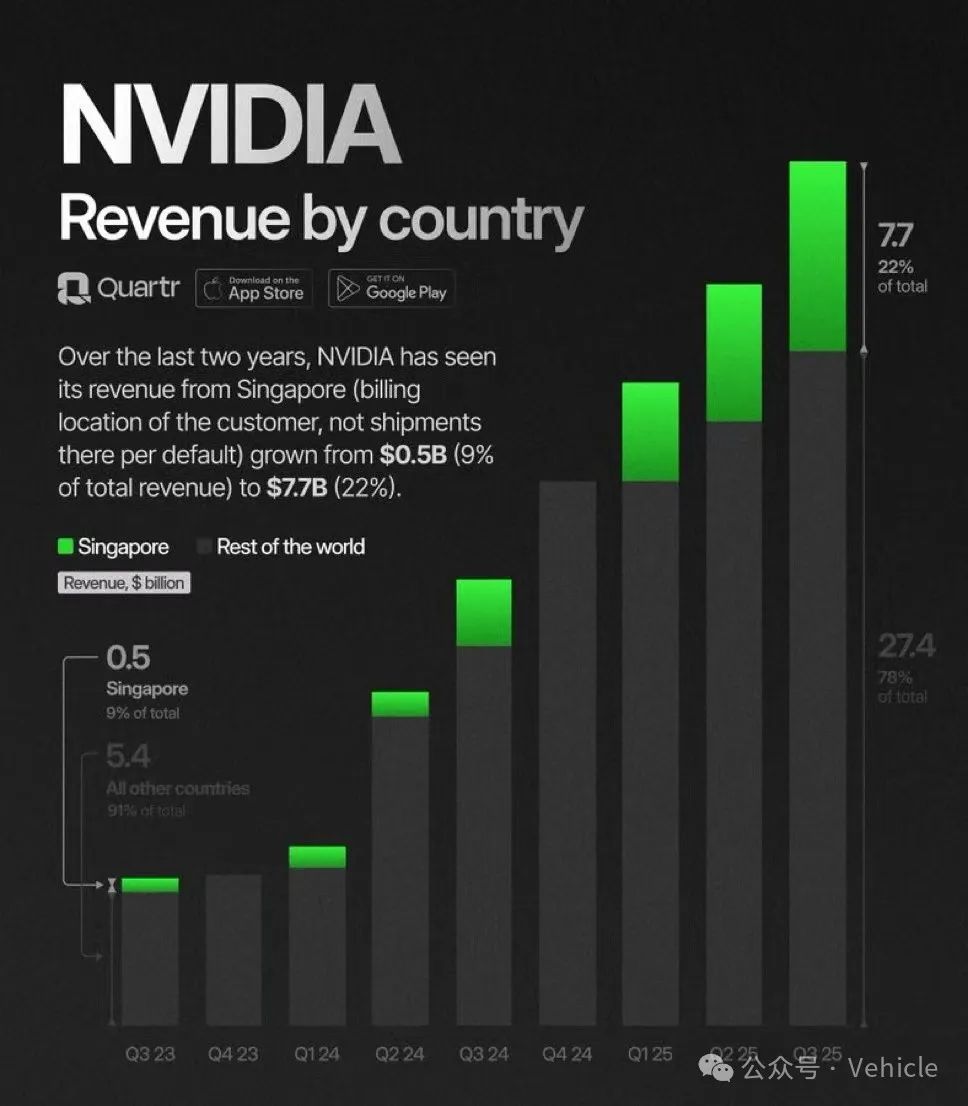
Furthermore, US Bernstein analysts emphasized in a research report that the total training cost of DeepSeek's V3 model is unclear but likely far exceeds the company's claimed $5.58 million computing power cost. The training cost of the equally well-received R1 model remains undisclosed. Besides cost doubts, some believe DeepSeek employs a "distillation" strategy, using data from other models to train its own, significantly reducing human supervision. Early versions of DeepSeek indeed showed traces of OpenAI, suggesting "distillation" existed, especially initially. However, later stages witnessed many innovations from AI algorithm structure to hardware architecture, marking a significant engineering breakthrough.
Impact of the DeepSeek Incident
The DeepSeek incident marks a significant milestone in AI technology history. Firstly, it accelerates AI application by significantly reducing training and usage costs, paving the way for large-scale commercial and household adoption. AI will soon become as indispensable as water, electricity, and gas. Secondly, it intensifies the AI competition between China and the US. The hype around DeepSeek in the US might serve as a hypothetical enemy to justify increased AI investment. If taxpayer money is involved, a justified cause and momentum are crucial. Besides investment, the US may place greater emphasis on blocking China in AI technology, safeguarding against China from education to business. Consequently, AI will permeate every aspect of our lives, potentially becoming more geopolitical, leading to diverse AI forms.
*Reproduction and excerpts are strictly prohibited without permission - Reference:


